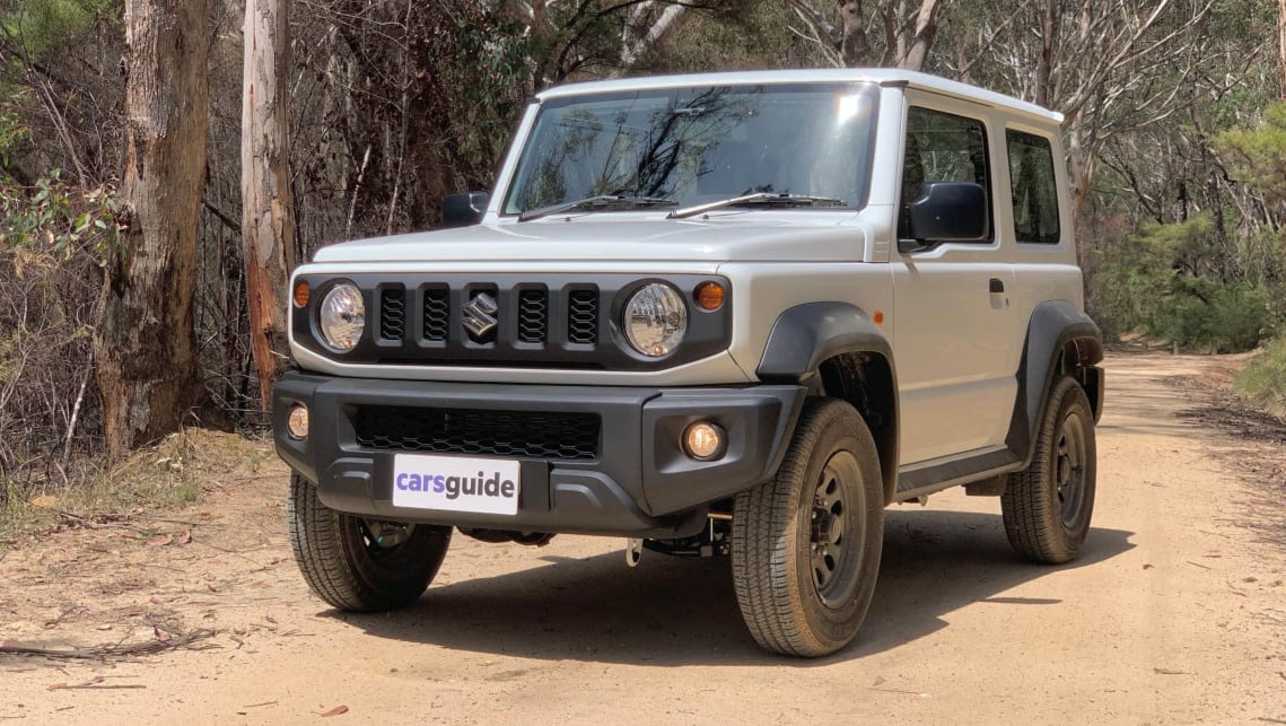Suzuki is set to achieve its best sales in nearly a decade in Australia, despite the challenges posed by the global pandemic.
The Japanese carmaker has already recorded its best results in the first six months of the year, and it’s on track for its strongest sales results in Australia come year end.
Like virtually every manufacturer, Suzuki has been hit hard by parts shortages and supply chain issues that have hampered deliveries. Sourcing models from a number of different countries - notably Japan, Hungary and India - hasn’t helped.
Suzuki enjoyed a strong month of sales in September, with 1729 registrations representing an 18.7 per cent increase compared with September 2021.
Year to date, Suzuki’s 16,911 tally is up by 27.0 per cent over the first three quarters of last year.
However, Suzuki Australia general manager, Michael Pachota, warned that the monthly VFACTS sales figures across the industry are skewed at the moment given the delays and wait times for models.
“It's absolutely almost 100 per cent relative to what every manufacturer can supply within that month based on sales that could have happened one, two, three, maybe six months ago, even with some products 12 to 18 months ago, for example,” he told CarsGuide.
However, he said that Suzuki’s recent sales recovery was a win for the brand, adding that while nominating a specific sales target figure was challenging given the retail environment, he is confident of a strong finish.
.jpeg)
”We're definitely trying to crack the 20,000 mark this year. And we're definitely on track to do it, as you can see by the figures so far year to date and over the last couple of years we haven't cracked it.”
In fact the last time Suzuki sold more than 20,000 units in Australia was 2013 when it recorded 22,075. Prior to that it regularly cracked the 20,000 figure, but since then it has failed to achieve that level. In 2016 and 2017 it recorded just shy of 20,000 units.
Last month, the Swift, Jimny and freshly launched S-Cross enjoyed sales increases of more than 100 per cent per model, while the Vitara SUV was up by 34.3 per cent.
When it comes to year-to-date sales, however, the recently discontinued Baleno light car is Suzuki’s top-seller. With 5652 units shifted this year, sales are up by 90 per cent YTD, however last month it dropped by 48.3 per cent as stock starts to dry up.
The second most popular Suzuki model is the Jimny off-roader, which is up by 75.5 per cent year on year to 4118 units, followed by a resurgent Swift (3265) which is recovering well, even though it’s still down by 3.5 per cent.
.jpeg)
This is followed by the Vitara (2196, -23.8%) and Ignis (1461, +0.1%), and the S-Cross (219, -16.7%) trails as it has only just gone on sale in heavily revised guise after the previous version sold out.
Mr Pachota said there had been issues getting supply even before the pandemic began, but he added that production capacity on a number of key models was improving, which will further help Australian deliveries.
“Since 2018, we have just run into a huge amount of issues around supply of parts and other bits and pieces that have just slowed down the opportunity to get more vehicles from Japan. And you see that across the board, whether that be Ignis, Swift or Jimny.
“But Jimny had another huge factor where it's the world's most popular car! But with Swift now coming back into the mix, we're hoping to see that with production improving for us with Japanese models, you actually see that we're going to get more of Swift, Ignis and Jimny. And you've probably seen it already with Ignis and Jimny already this year.”




-2.jpg)


.jpg)

.jpg)
.jpg)



.jpg)
.jpg)

.jpg)
.jpg)
.jpg)


.jpg)

.jpg)
.jpg)
.jpg)


.jpg)
.jpg)

Comments